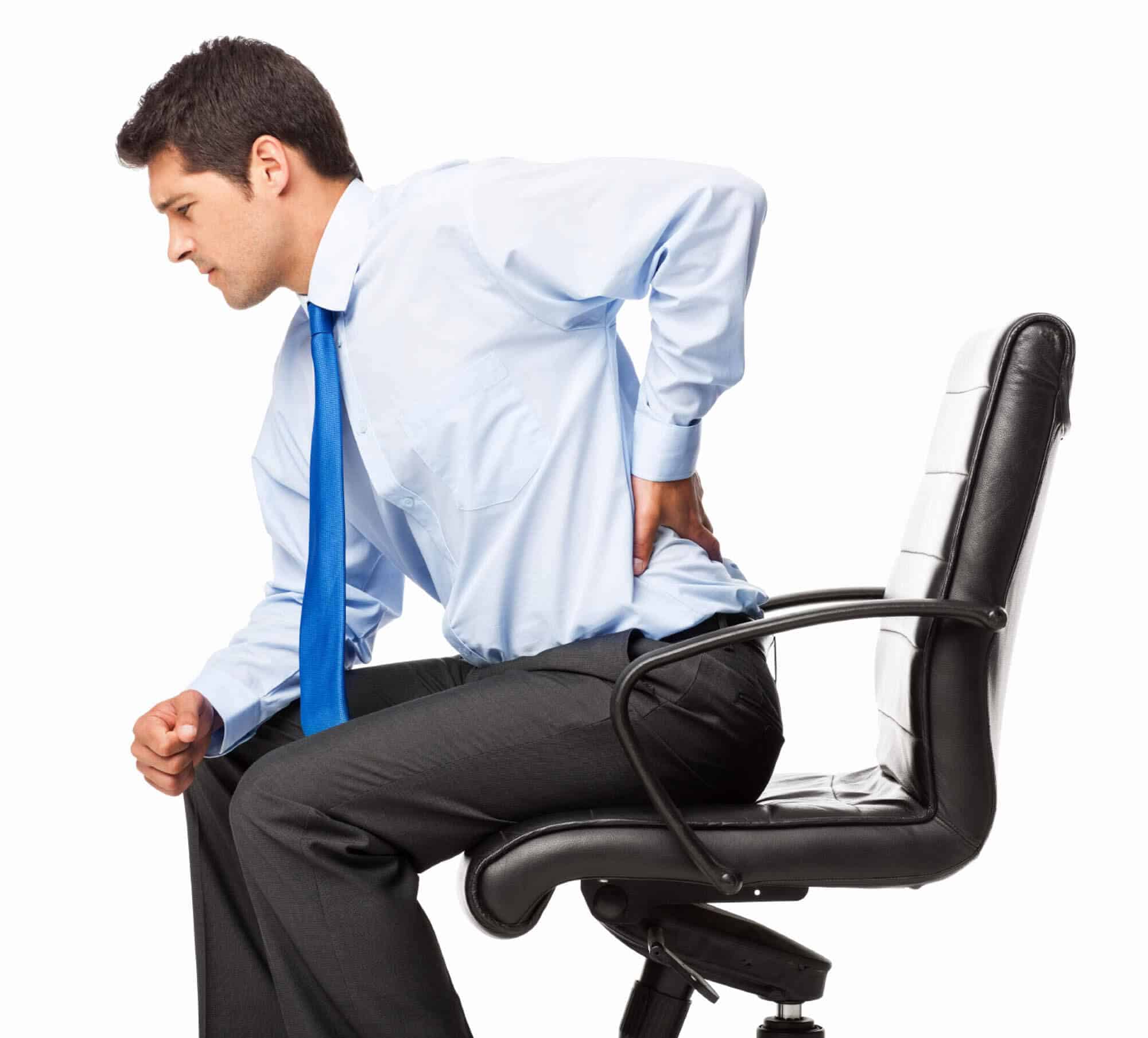Ergonomics and Posture While Sitting: Sitting In Desk Chair

Maintaining proper posture while seated is crucial for your overall health and well-being. Prolonged periods of sitting, especially with poor posture, can lead to various musculoskeletal issues. Understanding the principles of ergonomics and implementing them in your daily routine can significantly reduce your risk of developing these problems. This section will explore ideal posture, the negative effects of poor posture, and simple exercises to improve your sitting habits.
Ideal Sitting Posture
The ideal sitting posture involves maintaining a neutral spine, with your back, neck, and shoulders aligned correctly. Imagine a straight line running from your ears, through your shoulders, hips, and down to your knees. Your feet should be flat on the floor or supported by a footrest if necessary. Your hips should be slightly higher than your knees. Your shoulders should be relaxed and down, away from your ears. Using a supportive chair with lumbar support is essential. This support helps maintain the natural curvature of your lower back, preventing strain.
| Posture | Back | Neck | Shoulders |
|---|---|---|---|
| Good | Straight, supported by chair back, natural lumbar curve maintained | Straight, aligned with back | Relaxed, down, away from ears |
| Bad | Slumped, rounded, lacking support | Bent forward or tilted back, strained | Rounded, hunched, raised towards ears |
Negative Health Effects of Poor Posture, Sitting in desk chair
Prolonged poor posture while sitting can have several detrimental effects on your health. These effects can accumulate over time, leading to chronic pain and reduced mobility.
Sitting in desk chair – The following are some significant negative health consequences:
- Back pain: Slouching and improper spinal alignment put excessive strain on the back muscles and vertebrae, leading to pain, stiffness, and potential long-term damage. This can range from mild discomfort to debilitating chronic pain.
- Neck pain: Poor posture often involves tilting the head forward or holding it in an unnatural position. This puts significant stress on the neck muscles and can cause pain, headaches, and even affect your vision.
- Carpal tunnel syndrome: Improper posture, particularly with wrists bent or unsupported, can compress the median nerve in the wrist, leading to carpal tunnel syndrome. Symptoms include numbness, tingling, and pain in the hand and forearm.
Simple Exercises to Improve Posture
Regular stretching and strengthening exercises can help alleviate muscle strain and improve posture for those who sit for extended periods. Incorporate these exercises into your daily routine to counteract the effects of prolonged sitting.
Consider this routine to improve your posture and alleviate muscle strain:
- Shoulder blade squeezes: Sit upright and squeeze your shoulder blades together, holding for 5 seconds. Repeat 10 times. This strengthens the muscles that support your upper back.
- Neck stretches: Gently tilt your head to the side, bringing your ear towards your shoulder. Hold for 15 seconds and repeat on the other side. This helps relieve neck tension.
- Chin tucks: Gently pull your chin back towards your neck, as if making a double chin. Hold for 5 seconds and repeat 10 times. This strengthens the neck muscles and improves head posture.
- Back extensions: Stand with your hands on your lower back and gently arch your back. Hold for 5 seconds and repeat 10 times. This helps strengthen your back muscles and improve posture.
- Chest stretches: Clasp your hands behind your back and gently straighten your arms, feeling a stretch in your chest. Hold for 15 seconds and repeat 3 times. This counteracts the effects of rounded shoulders.
